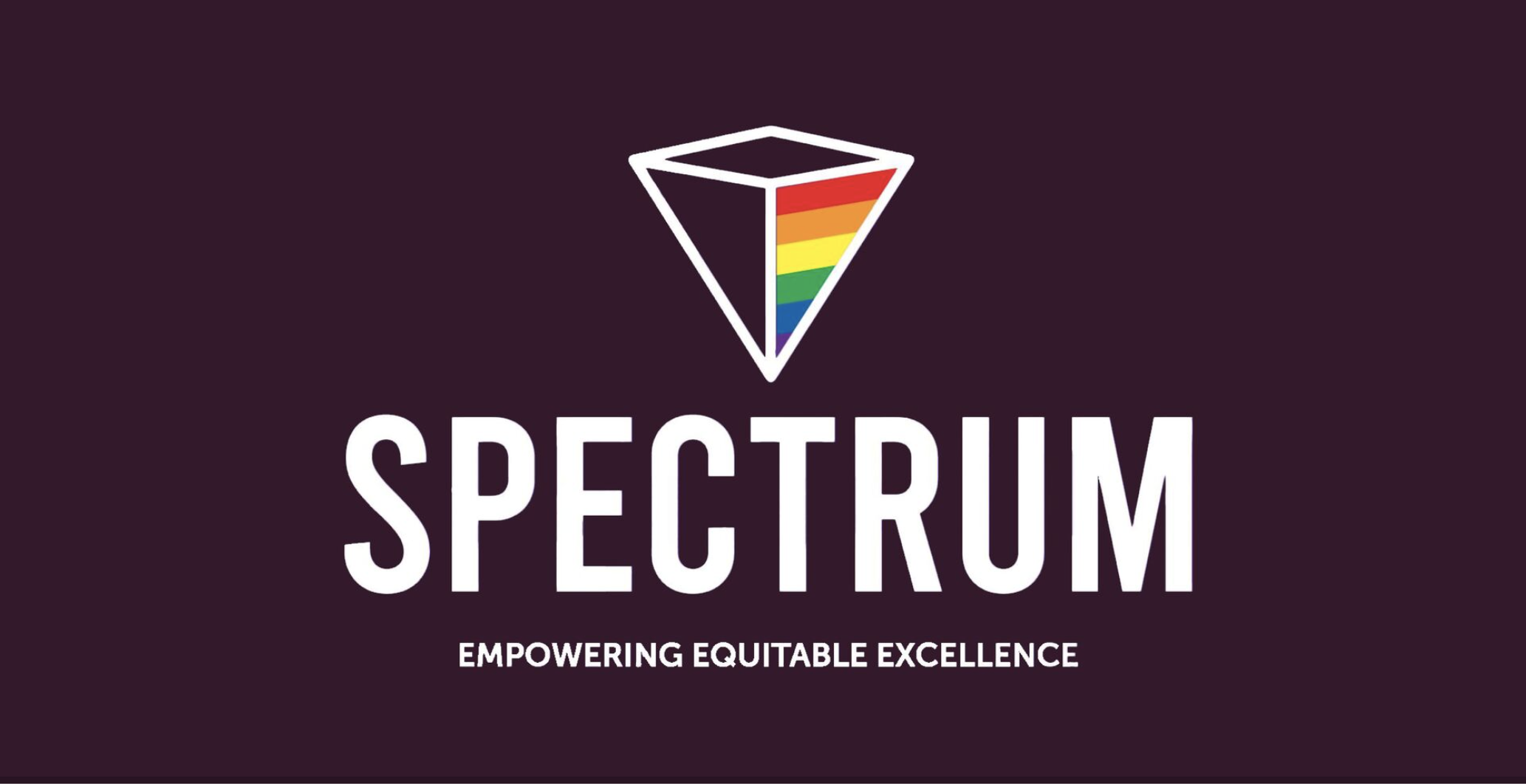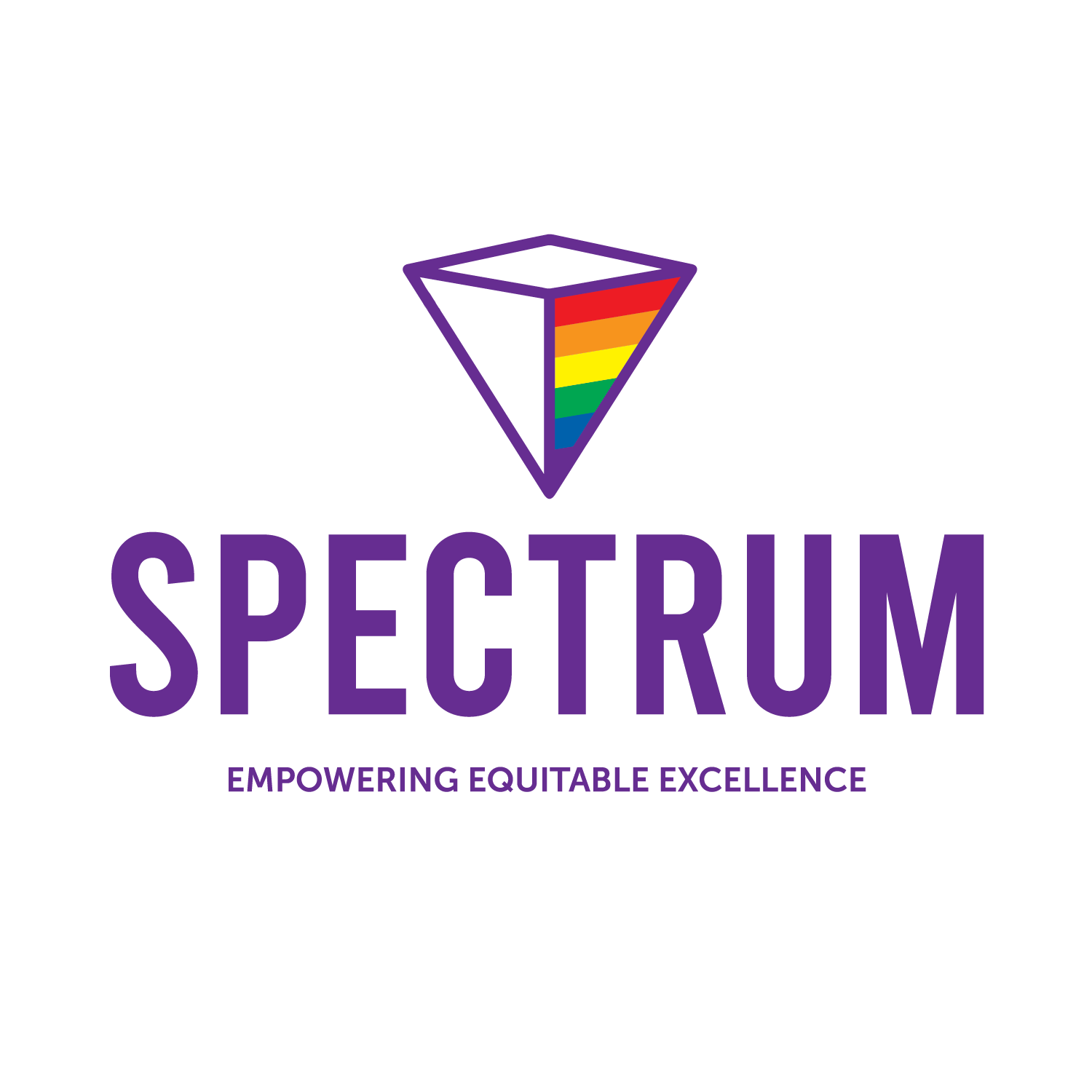
Spectrum
Spectrum presentation at Astronomy on Tap, a public forum for science talks.
PhD Astrobiologist & NASA Postdoctoral Program (NPP) Fellow
A brief overview
It is well established that historical and current systemic barriers have resulted in disproportionately low rates of recruitment and retention for historically minoritized groups (HMGs) in physics and astronomy. Women earn only 21% and 33% of the bachelor’s degrees in physics and astronomy respectively, numbers that have remained stagnant for nearly the last decade (2007-2017) despite a 46% increase in the number of physics degrees awarded in the same time period Ivie et al. 2019. While there have been some improvements in these numbers for women in the past few years, they still lag behind the expected values given our population. Students from historically minoritized racial groups, including Black, Latine, and Indigenous students, have not seen similar improvements, earning only ~16% of bachelor’s degrees, and ~6\% of PhDs in astronomy in 2014, with very little improvement since (Jones et al. 2018). It is prudent to note that traditionally, the definition of HMGs includes only Black, Latine, and Indigenous students, thus excluding a large number of other HMGs such as Arabs and Arab Americans. Once you begin to look at intersectional identities (i.e. identities that span several different axes across race, ethnicity, gender, etc.) the statistics plummet, in some cases unable to be quantified. For instance, although there were 59,894 PhDs in physics awarded from 1972 to 2017, only 90 of those were awarded to Black women (0.15% of the total amount) (Miller et al. 2019). For each of these groups and identities, there are four traditionally challenging barriers faced by HMGs: imposter phenomenon, stereotype threat, othering, and microaggressions. One could argue there is an additional challenge: false allies and overburdening ECRs. I highly recommend reading the Markle et al. 2022 paper for a phenomenal overview of these barriers and recommendations.
Proper mentorship and internships can be critical for workforce development in every sector.There is a wealth of literature on mentorship research regarding an effective, ethical, culturally responsible, and advocacy-based mentorship program, and the information continued herein present a high-level summary that can be used to drive development of such a mentorship program - for instance, the figure below, created by N.Latouf, shows an example of an ideal mentorship structure. By focusing on constellation mentorship models, bolstering physics identity through peer and faculty mentoring, and confronting and overcoming common barriers in STEM, we can increase the rates of retention and eventually recruitment in physics and astronomy.

Spectrum wrote a paper about our experience, mentorship, and program development. We also present an overview of effective and ethical mentorship practices and what barriers mentorship can mitigate. Click the button to give it a read!

Spectrum has a finely developed website describing our mentorship program, providing scientist spotlights, and most crucially, a resource section for undergrad and grad students. Click the button to gain valuable resources!
Spectrum wrote a blog regarding our winning AAS EPD grant to develop mentorship training. Click the button to read more!